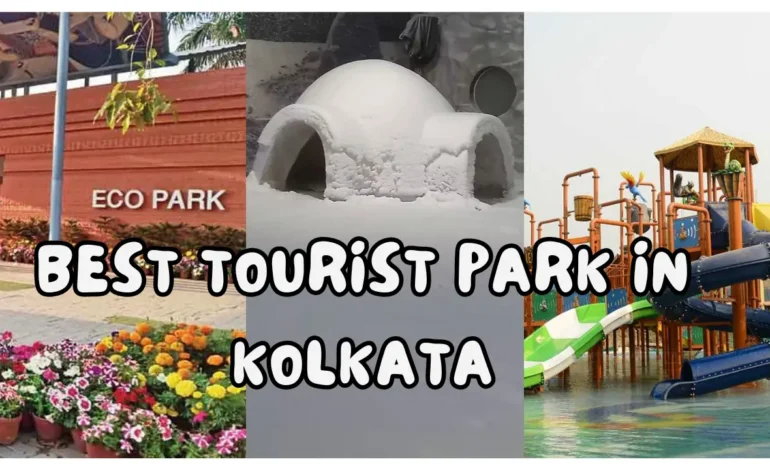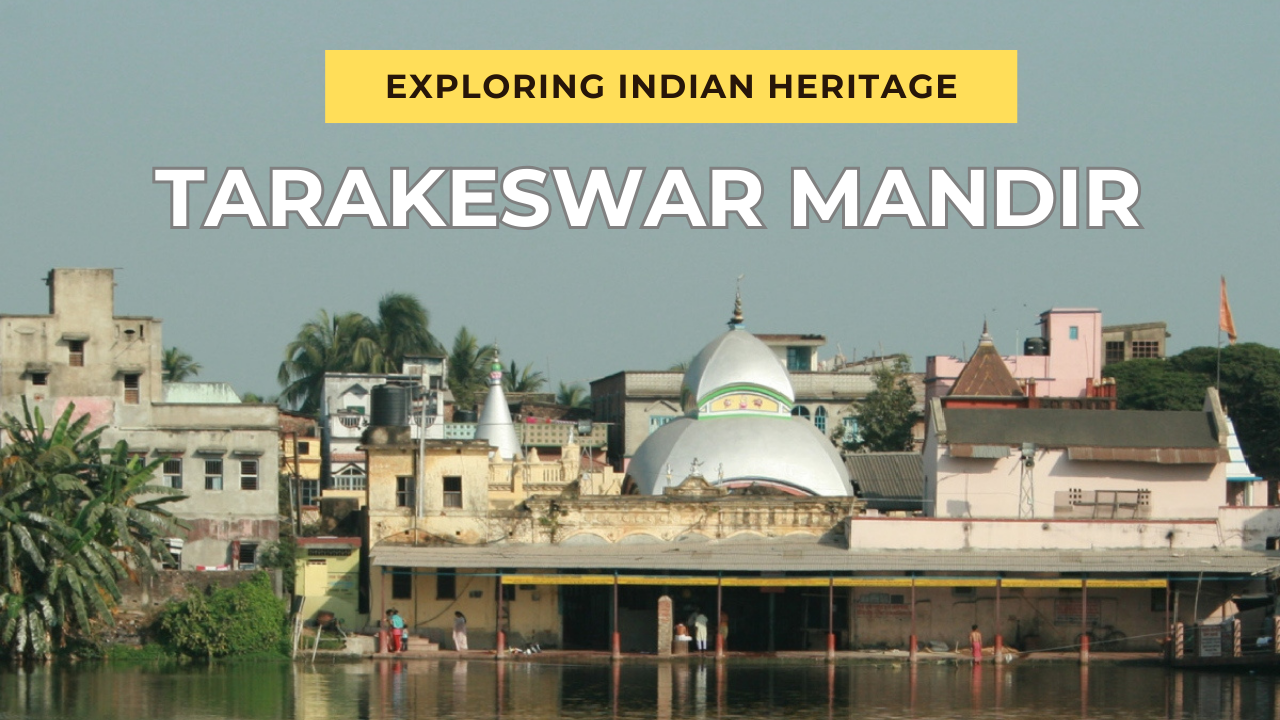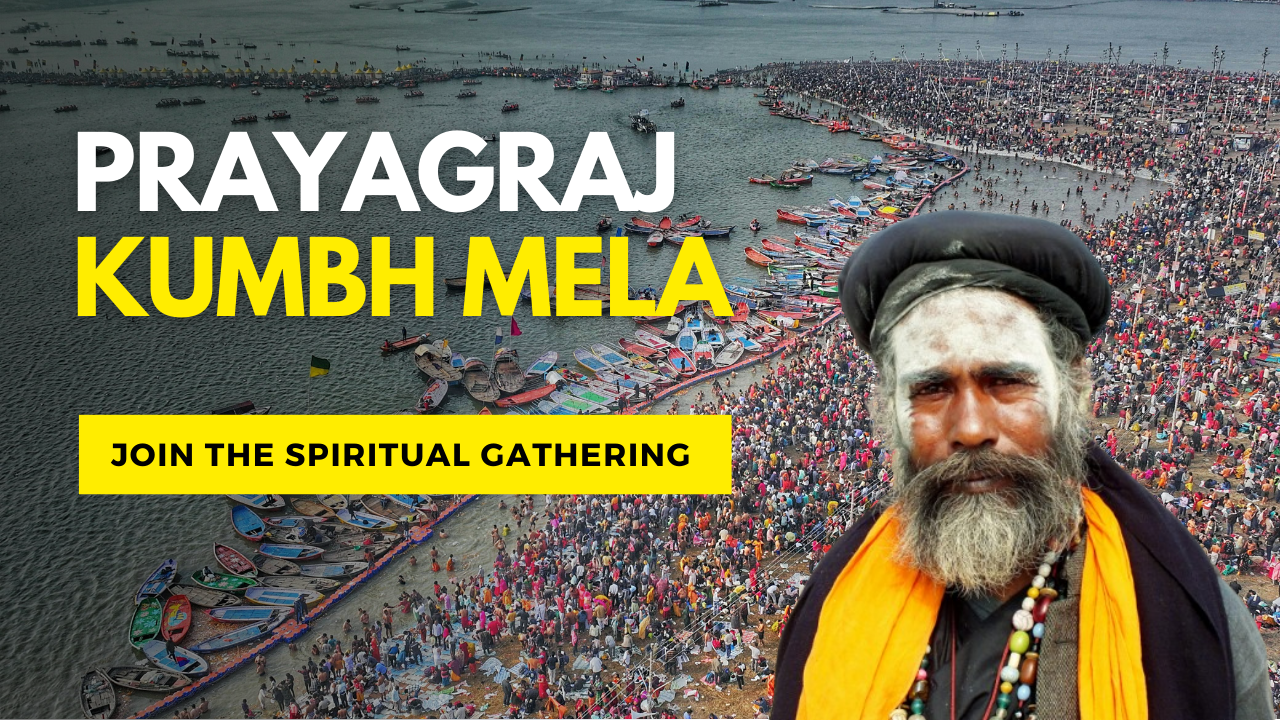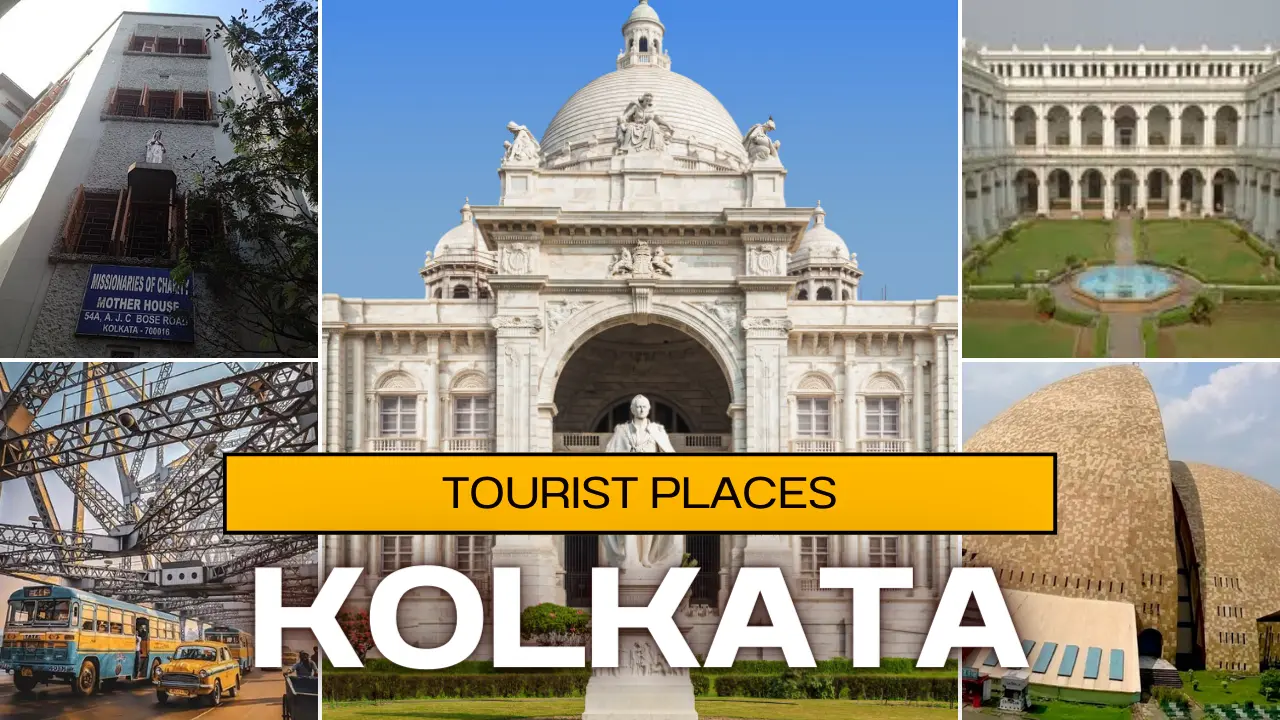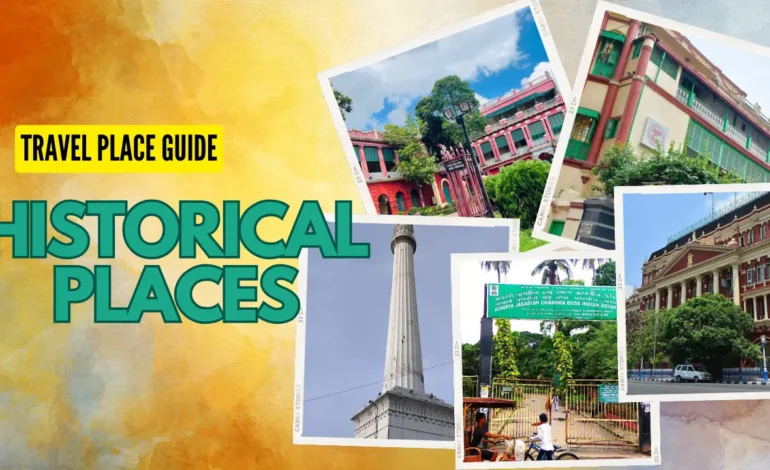
Top 5 Historical Places in Kolkata: Discover Heritage Sites
Welcome to Kolkata, the City of Joy! Today, we embark on a journey through this vibrant city, rich in history and culture. Explore the cultural heritage of Jorasanko Thakur Bari, the ancestral home of Rabindranath Tagore, and immerse yourself in the history of Netaji Bhawan, the residence of Netaji Subhas Chandra Bose. Stroll through the serene Botanical Gardens, admire the architectural beauty of the Writers Building, and honor the memory of martyrs at Shaheed Minar. Let’s delve into the captivating stories and splendor of these iconic landmarks that make Kolkata a true historical treasure
Table of Contents
ToggleHistorical Places in Kolkata
1. Jorasanko Thakur Bari
Jorasanko Thakurbari, situated in Jorasanko, Kolkata, is the ancestral residence of the Tagore family. Today, it serves as the campus for Rabindra Bharati University. This historic house is where the renowned poet and first non-European Nobel laureate, Rabindranath Tagore, was born. He spent his early years here and passed away in this very home on August 7, 1941. Jorasanko Thakurbari was constructed in 1784 by Neelmani Tagore. Rabindranath Tagore, the illustrious poet, was born here in 1861 and also took his last breath in this house.
The Jorasanko area, originally known as Mechuabazar, was a pivotal center of the Bengal Renaissance, notably represented by the renowned Jorasanko Thakurbari, the ancestral home of the Tagore family. Alongside the Tagores, other influential families contributing to the renaissance included the Singha family (of Kaliprasanna Singha), the Pal family (of Krishnadas Pal), and the families of Dewan Banarsi Ghosh and Chandramohan Chattopadhyay. Thus, Jorasanko emerged as the “cradle of Bengal’s renaissance.“
Jorasanko Police Station is among the oldest in Kolkata, established in 1785 as one of the city’s original 31 police stations. The Jorasanko area is home to several historic institutions, including Adi Brahmo Samaj, Jorasanko Bharti Natyasamaj, Calcutta Haribhaktipradayini Sabha, Minerva Library, and Oriental Seminary. Founded in 1829 by educationist Gouramohan Adhya, the Oriental Seminary is the oldest private and premier educational institution in Kolkata, exclusively serving middle-class and lower-middle-class Hindu students.
In 1962, Rabindra Bharati University, Kolkata’s third university, was founded on the grounds of Jorasanko Thakurbari. Originally, the university focused on music and fine arts, but it later expanded to include Arts and Humanities programs.
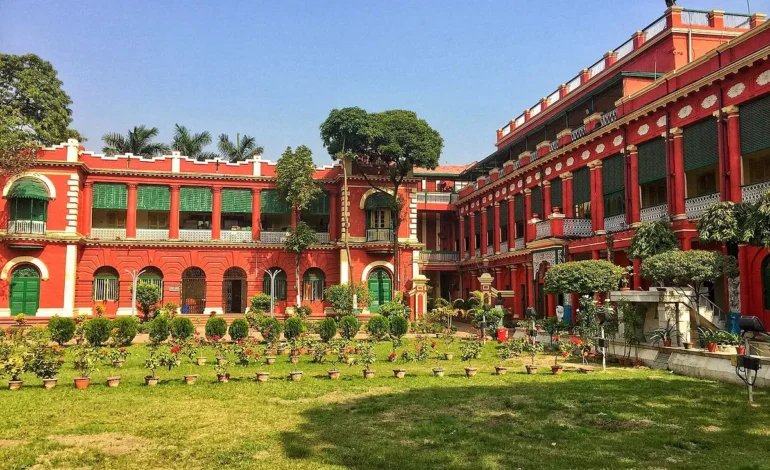

Jorasanko Thakurbari Kolkata Entry Fee
- ₹ 20 per person for Indian Adults
- ₹ 10 per person for Indian Students
- ₹ 0 free entry for physically challenged visitors, street children and students up to 5th standard
- ₹ 30 per person for Adults (SAARC)
- ₹ 20 per person for Students (SAARC)
- ₹ 150 per person for Adults (Foreigners)
- ₹ 100 per person for Students (Foreigners)
- ₹ 50 per person for Light & Sound show
- ₹ 50 Camera charges
Jorasanko Thakurbari Kolkata Timings
- Monday: Closed / Holiday
- Tuesday to Sunday 10:30 am – 4:30 pm
Address: Ganesh Talkies, 267, Rabindra Sarani, Raja Katra, Singhi Bagan, Jorasanko, Kolkata, West Bengal 700007
2. Netaji Bhawan
Netaji Bhavan is a memorial building and research center in Kolkata, West Bengal, dedicated to the life and legacy of Indian nationalist leader Subhash Chandra Bose, also known as “Netaji.” Built in 1909 by his father, Janakinath Bose, the house is now owned by the Netaji Research Bureau. The bureau, headed by Sugata Bose and his mother Krishna Bose, includes a museum, treasury, and library. Located on Lala Lajpat Rai Road in the Bhavanipur area of South Kolkata, the nearby Kolkata metro station is named “Netaji Bhavan Metro Station” in its honor.
In 1941, Subhash Chandra Bose famously escaped from this house, evading house arrest by the British government, and fled to Berlin. He later traveled to Japanese-occupied Southeast Asia via the German U-boat U-180 and the Japanese submarine I-29 to form the Azad Hind Fauz, aligning with the Imperial Japanese Army to fight against the British Army.
Following World War II, notable figures like Mohandas Karamchand Gandhi and Jawaharlal Nehru visited Netaji Bhavan. In 2007, Japanese Prime Minister Shinzo Abe also paid a visit.
The Netaji Bhavan Museum, established in 1957, houses the footprints of Subhash Chandra Bose, preserving a significant piece of his legacy.
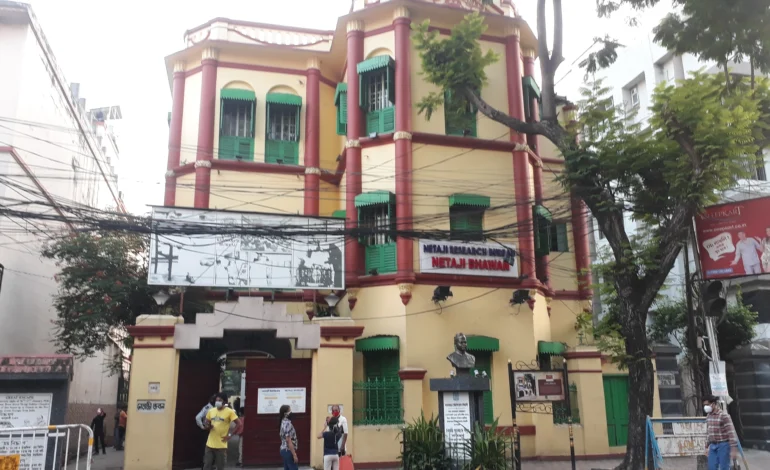
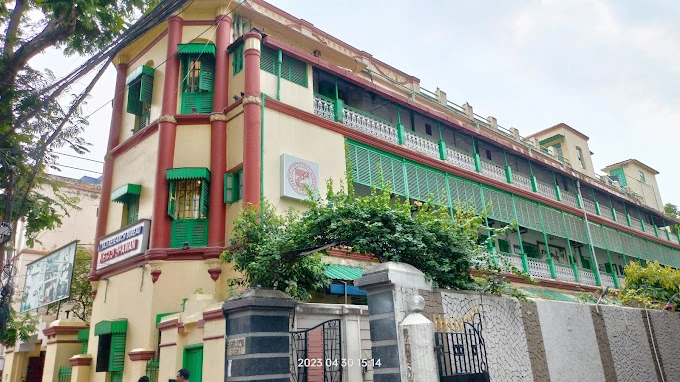
Netaji Bhawan Kolkata Entry Fee
- ₹ 5 per person for Adults
- ₹ 2 per person for Children
Netaji Bhawan Kolkata Times
- Monday Closed
- Tuesday to Sunday 11 am – 6 pm
Address: 10, 38/2, lalalajpath rai sarani, 4A, Elgin Rd, Sreepally, Bhowanipore, Kolkata, West Bengal 700020
3. Botanical Gardens
Acharya Jagdish Chandra Bose Indian Botanical Garden, originally called the Indian Botanical Garden, is a historic site situated in Shivpur, Howrah, near Kolkata. Often referred to as the Calcutta Botanical Garden, it was initially known as the Calcutta Royal Botanical Garden at its inception. Spanning 273 acres, this garden houses approximately 17,000 trees from 1,400 different species. It is also commonly known as the Shivpur Botanical Garden.
In 1786, Colonel Robert Kidd, an officer in the British East India Company, proposed a botanical garden to General Sir John Macpherson, the then second Governor of the Fort William Presidency. In his proposal, Kidd emphasized that the garden’s purpose was not merely to satisfy curiosity or collect rare plants as luxury items. Instead, the garden aimed to distribute suitable seedlings to various regions to benefit both the people of India and Great Britain. This initiative would also promote national trade and wealth. Kidd sought confirmation for this plan from the authorities.
The land once housed a small Mughal fort, which Clive destroyed with cannon fire while rescuing Calcutta from Nawab Sirajuddaula. The area became an abandoned place overgrown with wild plants and bushes, regularly flooded by the Ganga during high tide. Adjacent to this land were Kidd’s own garden and house, but the property belonged to the Burdwan Raja. The company acquired the land from the king by exchanging it for another plot. Some of the king’s subjects lived on this land, and the company compensated them with 148 bighas and 9 kathas of land elsewhere, along with 3,166 taka and 4 annas.
To develop the area, 109 laborers were employed to dig a canal around the land and erect a fence to protect it from wild moose. The project cost 384 rupees and took several months to complete.
Colonel Kidd established this garden in 1788. Initially, it began in 1787 with 310 acres of land. Later, 40 acres of land, which belonged to Mr. Kidd, was allocated to Bishop’s College. That college no longer exists, and the land now hosts the Indian Institute of Engineering Science and Technology, Shivpur (formerly Bengal Engineering and Science University). In the eighteenth century, no other garden in the world was created with such an extensive scope. By comparison, even Kew Gardens in England was only eleven acres before 1840. For many years, the Kolkata Botanical Garden was recognized as the world’s largest garden. It is the second oldest plantation under the company’s administration in India. Before this, in 1780, William Roxburgh—who succeeded Robert Kidd—had established a botanical garden near what was then Madras.
The garden was founded with the intention of gathering and testing plants from various countries for commercial endeavors. It was strategically positioned on the western bank of the Hooghly River near Kolkata. Referred to colloquially as the Company’s Garden, it was cultivated by East India Company personnel.
The standout attraction of the botanical garden is the Vishal Botvriksha, a 250-year-old banyan tree. Its remarkable circumference spans 330 meters, occupying one and a half acres of land and adorned with numerous vines. Alongside this majestic banyan, the garden boasts an array of flora including mahogany, sal, teak, ashwathta, and various palm species. Additionally, visitors can find cinnamon, cloves, nutmeg, bay leaves, rubber, and various medicinal plants within its grounds. To facilitate exploration, the park features 17 kilometers of well-paved roads.
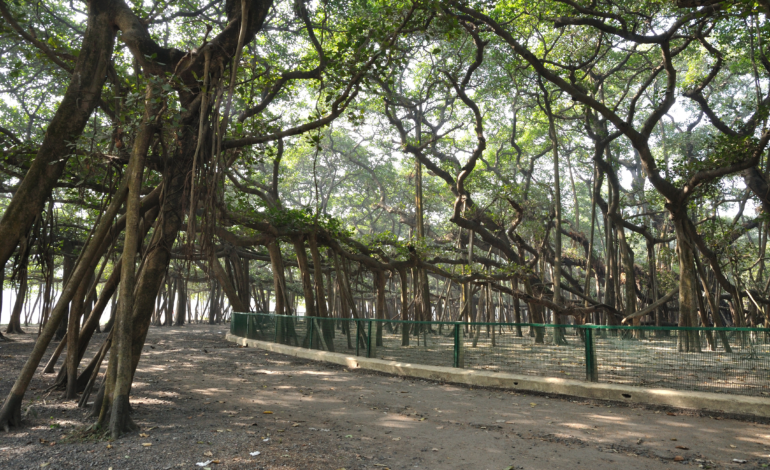

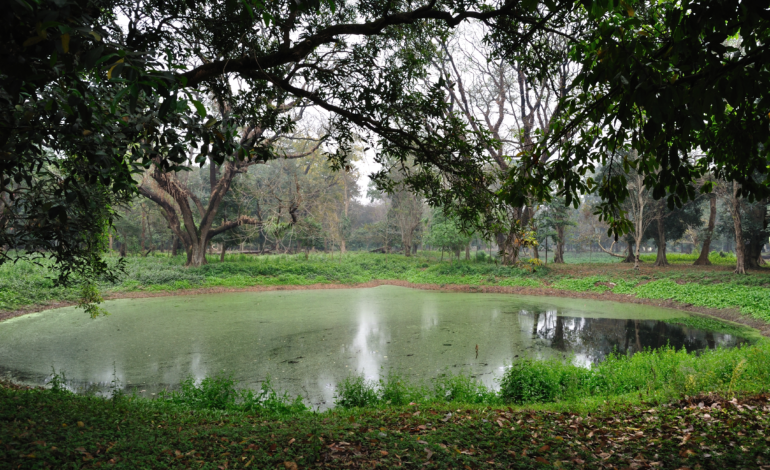
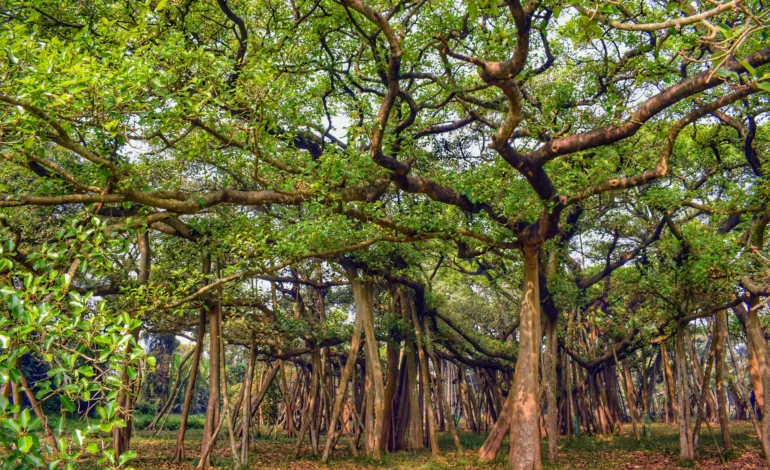
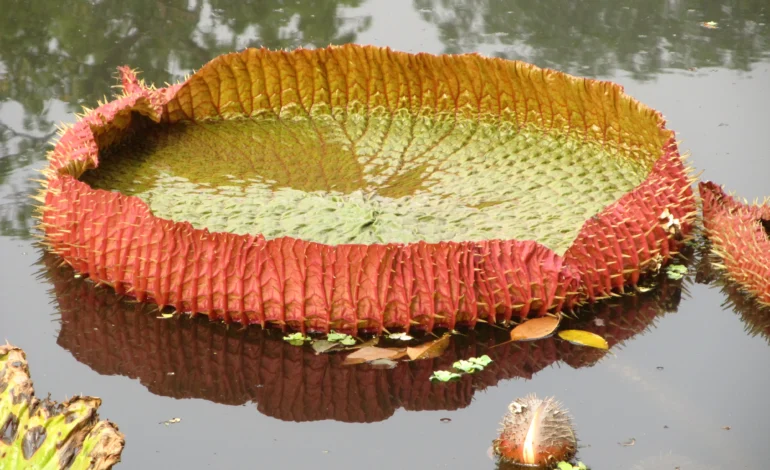
Acharya Jagadish Chandra Bose Botanical Garden Kolkata Entry Fee
- ₹ 10 per person for Indians
- ₹ 100 per person for Foreign Tourists
- ₹ 20 for Camera
Acharya Jagadish Chandra Bose Botanical Garden Kolkata Timings
- Monday Closed
- Tuesday to Sunday 8:00 AM - 5:00 PM
Address: Shibpur, Howrah, West Bengal 711103
4. Writers Building
Mahakaran, also known as the Writers’ Building, serves as the secretariat for the Government of West Bengal. Situated to the north of Laldighi in the Bibadi Bagh area of Kolkata, the capital city of West Bengal, this historic structure holds significant administrative importance.
The historic Writers’ Buildings, constructed in 1780, were designed by Thomas Lyon. In 1776, Lyon built nineteen separate apartments resembling row shops to accommodate European clerks of the British East India Company. Over time, the term ‘Clerk‘ evolved into ‘Kerani‘, referring to those who worked in Lyon’s design, leading to the building’s name ‘Mahakaran‘. These clerks were known as writers, which inspired the building’s original name, Writers’ Buildings.
The site designated for this structure was previously occupied by St. Anne’s Church, the first place of worship built by the British in Calcutta in the early 16th century. However, the church’s existence did not extend beyond two decades.
The church swiftly deteriorated due to neglect and natural disasters. Eventually, the nearly abandoned church and its surrounding land were designated for the Writers’ Building. Between 1777 and 1780, the Clerks’ Building was constructed near old Fort William. Governor General Warren Hastings oversaw the construction. The new building and its vicinity were named Lion’s Range after the architect, a name that persists today.
The Writers’ Buildings hold a significant place in India’s freedom movement. On December 8, 1930, revolutionaries Binoy Basu, Badal Gupta, and Dinesh Gupta launched a daring attack on the Writers’ Buildings, successfully assassinating N. S. Simpson, the oppressive head of the prison department.
Disguised in Western attire, these three young men from East Bengal—Binoy Basu, Badal Gupta, and Dinesh Gupta—entered the Writers’ Buildings with a clear target: Lieutenant Colonel N. S. Simpson. Simpson, the acting Inspector General of Prisons, was infamous for his brutal treatment of prisoners. The revolutionaries had long harbored resentment towards him for his relentless torture of political detainees.
The oppressive Simpson was brought down by the bullets of three armed revolutionaries. Their aim was to instill fear among the rulers by assassinating the Inspector General within the British administrative hub of the former capital, and they succeeded. Simpson’s death sent shockwaves through British rule. However, beyond their fervent desire for India’s independence, the revolutionaries had one more wish: to avoid capture by the British after the assassination.
Following the incident, a fierce confrontation ensued between the revolutionary trio and the police force, led by Commissioner Taggart, in the building’s atrium. This event is famously known as the “Atrium War.” After a grueling and unequal battle with British police, Badal Gupta took his own life by ingesting potassium cyanide. Vinoy and Dinesh attempted to take their own lives by shooting themselves. Vinoy succumbed to his injuries on December 13 after several days in the hospital. Dinesh was captured, tried, and sentenced to death, eventually being hanged on July 7, 1931, in Alipore Jail. The “Atrium War” in the Writers’ Buildings is a significant milestone in India’s struggle for freedom during the fiery era of revolution. After independence, the entire Dalhousie Square was renamed Binoy-Badal-Dinesh Bagh, commonly referred to as BBD Bagh.
After India gained independence in 1947, the Writers’ Buildings were designated as the State Secretariat of the Government of West Bengal. The building was named “Mahakaran” in Bengali, while its English name remained “Writers’ Buildings.” For many years, Mahakaran housed the Chief Minister’s office, the West Bengal State Treasury, and the headquarters of several state government departments. The main administrative offices have now moved to the Nabanna building in Howrah, and the historic Mahakaran is currently undergoing renovation.
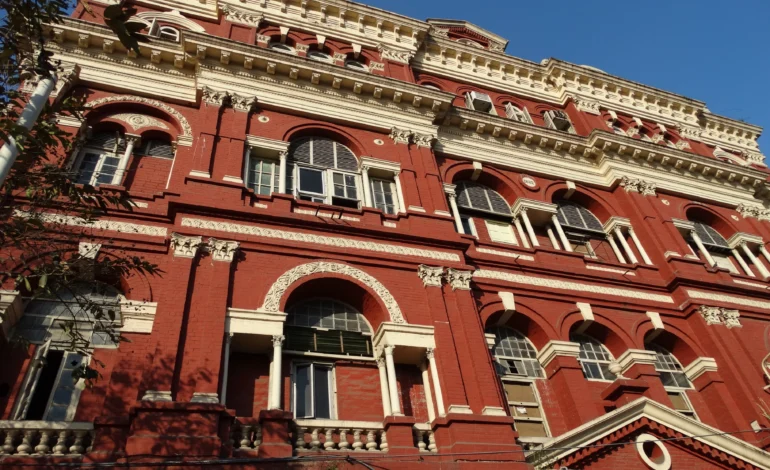

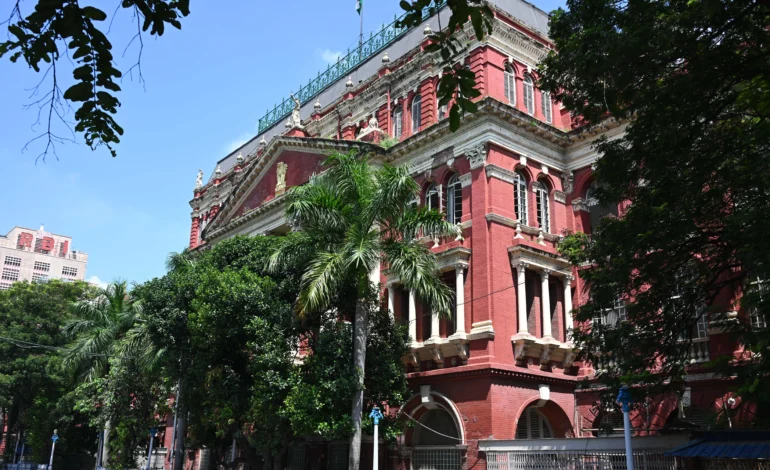
Writers’ Building Kolkata Entry Fee
- ₹ No entry fee
Writers’ Building Kolkata Timings
- Monday to Saturday 10:00 am – 6:00 pm
- Sunday Closed / Holiday
The Writers’ Building is accessible all day long. While the main building is off-limits to anyone other than employees, visitors are welcome to view the structure from the outside.
Address: H8FX+GGJ, Binoy Badal Dinesh Bag N Rd, Lal Dighi, B.B.D. Bagh, Kolkata, West Bengal 700001
5. Shaheed Minar
Shahid Minar is a memorial located in Kolkata, originally known as the Ochterlony Monument. Built in 1828, this monument honors Major-General Sir David Ochterlony of the British East India Company. It commemorates his successful defense against the Marathas in Delhi in 1804 and the victory over the Gorkhas in the Anglo-Nepalese War. Designed by J.P. Parker, the monument was funded by the government treasury at a cost of 35,000 rupees.
In August 1969, the United Front government rededicated this monument to honor the martyrs of India’s freedom struggle, renaming it “Shaheed Minar.” The government has now decided to illuminate the monument at night and open it to visitors, allowing them to climb to its top. The last visitors to ascend the monument were former Governor of West Bengal Gopalkrishna Gandhi and his family.
Shaheed Minar, often called “The Monument,” is situated at the northeast corner of the Maidan in Kolkata’s Esplanade area. Standing 48 meters (157 feet) tall, the base of the structure is inspired by Egyptian architecture. The fluted column showcases classical design, while the superstructure reflects Syriac influences, and the dome features Turkish styling. Two balconies adorn the upper levels, accessible by a spiral staircase with 223 steps. Burn & Company constructed this remarkable monument.
To the south of Shaheed Minar lies a vast open field known as Shaheed Minar Maidan. This ground hosts political rallies and fairs, with the first political rally held here in 1931, led by Rabindranath Tagore in protest against the killing of young prisoners in Hijli Jail. The city’s central bus terminus is situated to the east of Shaheed Minar Maidan.
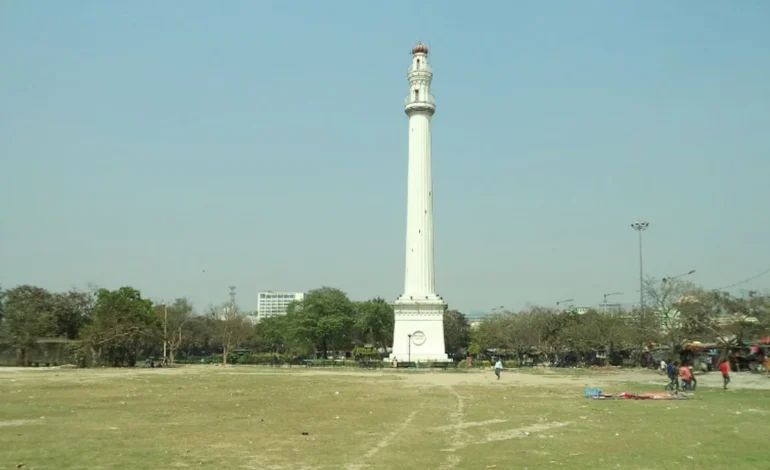
Shaheed Minar Kolkata Entry Fee
- ₹ No entry fee
Shaheed Minar Kolkata Timings
- Monday to Sunday 10:00 am – 5:00 pm
Address: bus stop, Dharmtalla, Dufferin Rd, Kolkata, West Bengal 700069

